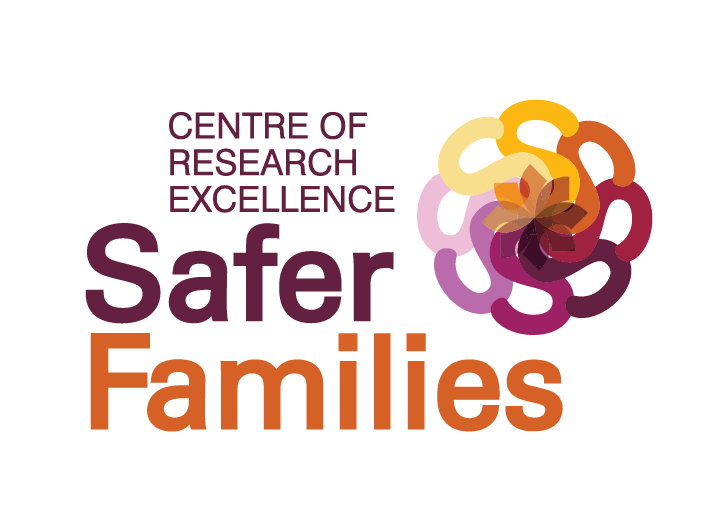General description
The Composite Abuse Scale (CAS) is a widely used self report of partner behaviours that women describe as abusive. It has been published in the Centers for Disease Control and Prevention compendium of intimate partner violence measures. It is an easily administered self-report measure that provides standardized sub scale scores on four dimensions of intimate partner abuse. It consists of 30 items presented in a six point format requiring respondents to answer “never”, “only once”, “several times”, “monthly”, “weekly” or “daily” in a twelve month period. The Severe Combined Abuse Factor has 8 items that represent severe physical abuse items, all sexual abuse items, and physical isolation aspects of emotional abuse. The Emotional Abuse factor has 11 items that include verbal, psychological, dominance and social isolation abuse items. The Physical Abuse factor has 7 of the less severe physical abuse items and the Harassment factor has 4 items that are about actual harassment. The strength of the scale is the ability to measure different types and severity of abuse, although a limitation is the reduced number of sexual abuse items. Some researchers have changed the sexual abuse items from ‘raped’ to ‘forced to have sex’ to reflect the more recent language that is used around sexual assault.
The original scale, developed in 1995, contained 74 items comprising the four sub-scales (Severe Combined Abuse, Physical Abuse, Emotional Abuse and Harassment) and was validated on a convenience sample of nurses (n=427). Further validation on a sample of general practice patients (n=1896) and emergency department patients (n= 345) has resulted in the current 30 item version. The language has been updated from raped to forced to have sex to align with contemporary language.
In clinical settings, the CAS can provide prevalence figures and associations with other physical and emotional co-morbidities. It has been used as a research tool in general practice, antenatal clinics, emergency departments, mental health and drug and alcohol clinics. Administered over time, it can provide valuable information about changes in abuse and response to interventions. It has also been administered and validated in a large community cohort study, Women’s Health Australia and a community version of the CAS was developed.
The CAS has been translated into Vietnamese, Arabic, Dutch, Bengali, Russian, Spanish, Malaysian, Japanese, German. It has been used with men (although has limited validity in this population) and also for child exposure to adult IPV.
Recent developments include a ‘Think aloud’ study with survivors that have made some suggestions for better language and a shorter version of the CAS developed by a Canadian group of researchers.

